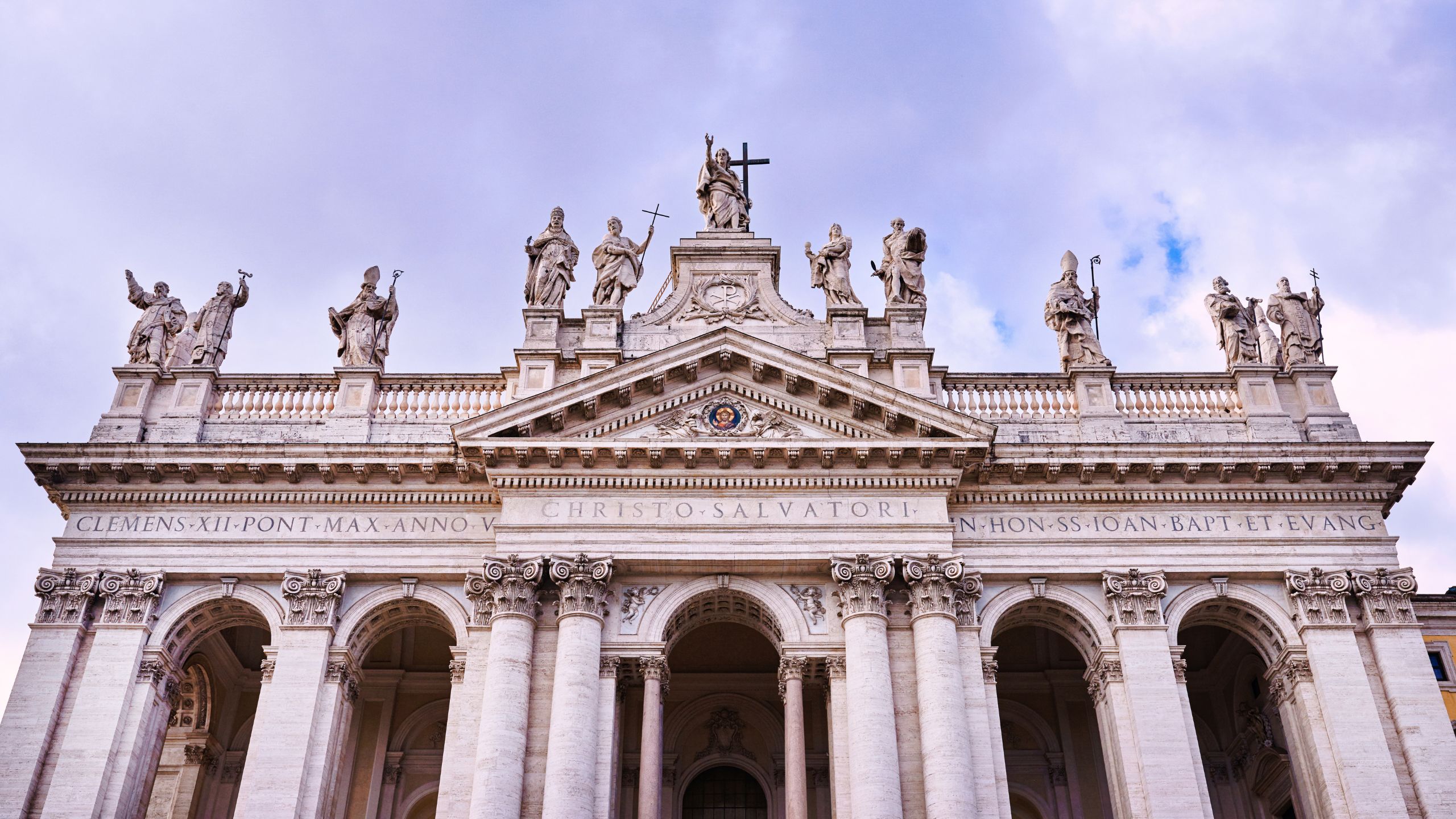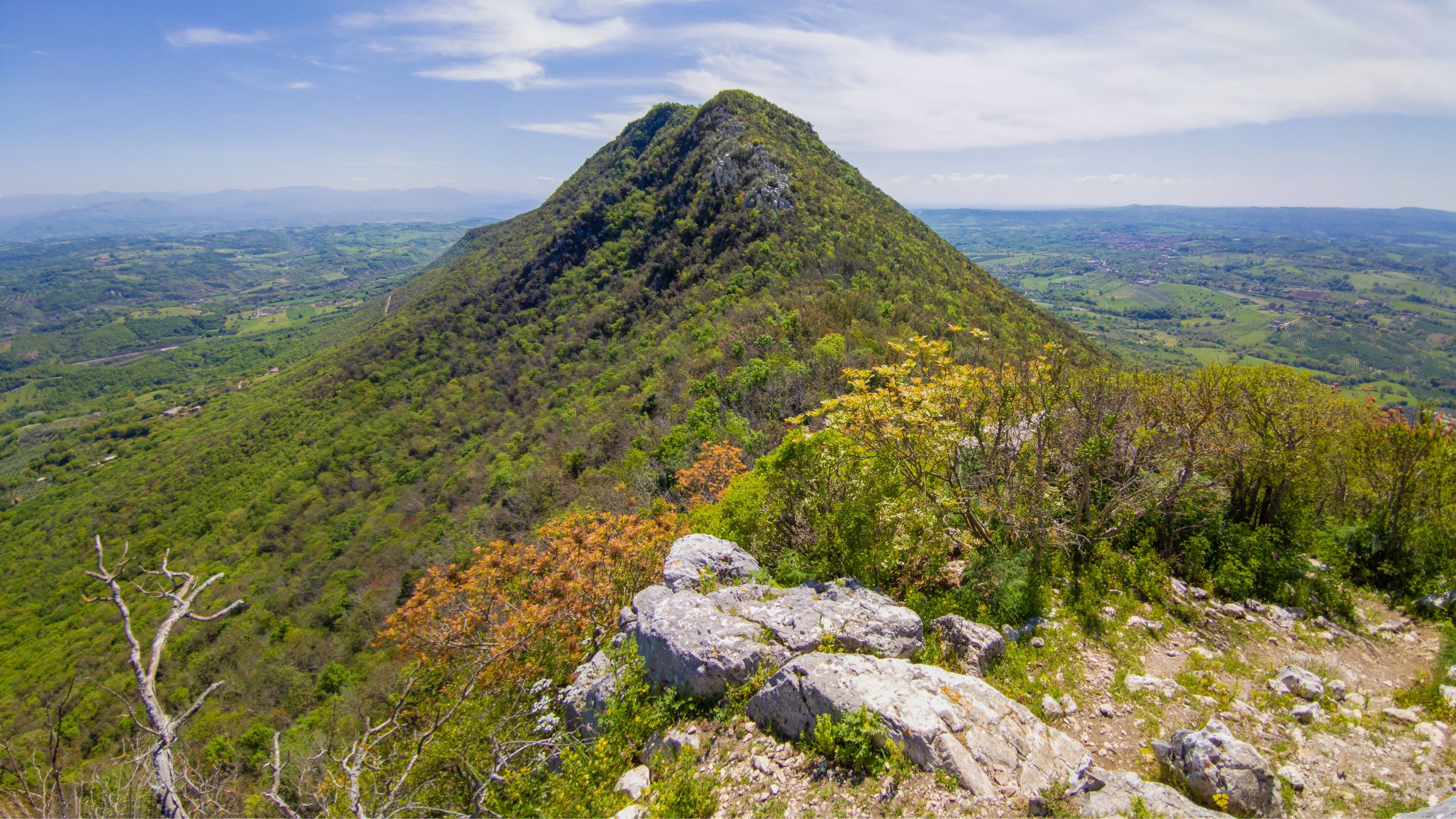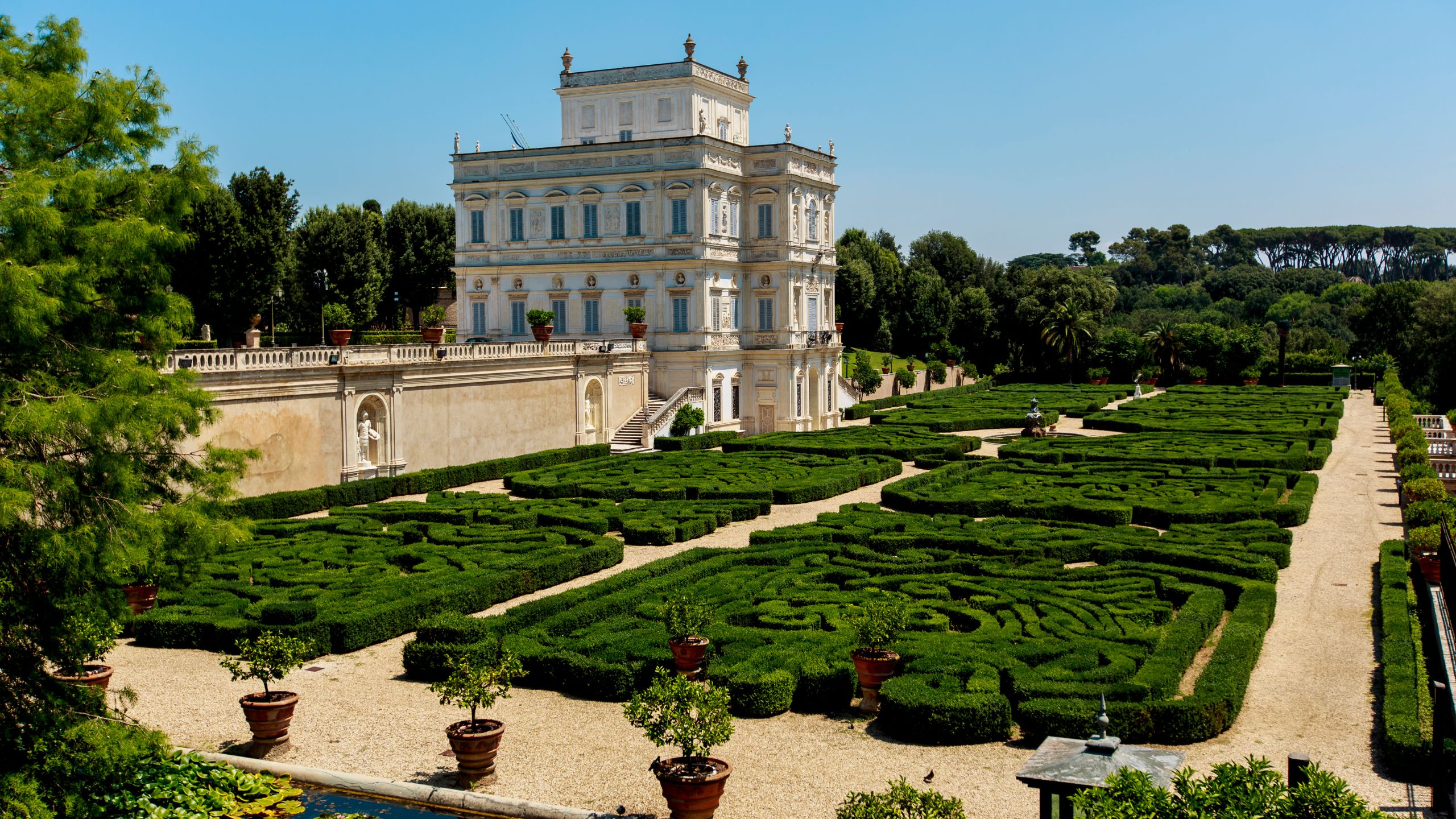Via Veneto: from Dolce Vita to La grande bellezza
Walking around Rome always gives the sensation of promenading in a film set. Despite Cinecittà is currently facing a hard moment, Rome seems to have saved its fascination, thanks to its extraordinary rich and unlimited artistic heritage.
One week is not enough to visit Rome, maybe not even a whole life, as well as Romans themselves often discover a fountain, or a new beautiful glimpse or a church they didn’t know.
The Dolce Vita, loved by the spectators all over the world by Federico Fellini’s 1960 movie, doesn’t exist anymore, but the places are still the same, as Rome is eternal. But let’s go on step by step. If you don’t want to rent a bike or a segway to walk along via Veneto (it is so common to see tourists going around riding these modern chariots), we suggest you to depart from the beginning of the mythical street Fellini captured.
Where via Veneto comes from, Porta Pinciana
Via Veneto arises from Porta Pinciana. Porta Pinciana, is the Roman door still having the same aspect it had when it was built in the 403 AD, the central travertine arch is still the original one. It has changed its name lots of times, it was named “Porta Belisaria” too, by Flavio Belisario, the Byzantine general who restored the Mura Aureliane.
The legend tells Emperor Costantino ordered Belisario blindness and so it was. The Byzantine general, blind by the emperor will, fell into disgrace and started begging in front of Porta Pinciana, where he found his glory again, when he established his headquarter there during the Vitige siege.
Via Veneto
Here we are in via Veneto.
The street commemorates the Italian people victory against the Austrian troops at Vittorio Veneto, to the end of the First World War. It is an about one hundred metres long street connecting Barberini square to Villa Borghese park.
Scholars such as Ungaretti and Cardarelli used to rest at those bars, but via Veneto by Federico Fellini was literally invented by the Rimini director; it was the social gathering where cinema actors and the Roman jet set characters were captured by the famous photographer Rino Barillari, named the paparazzo by Fellini, in his famous pictures.
Hollywood celebrities used to land in Rome and shot their movies in Cinecittà, but before them, before the celebrity the cinema gave them, those tables in those bars were the centre of the cultural life in Rome.
In the triangle of Rosati, Doney and Café de Paris, Cardarelli and Brancati wearing their coats and bowlers, Corrado Alvaro, a so young Eugenio Scalfari, Pasolini, Moravia, Malaparte and his Great Dane, Vittorini and Gassman used to hang out there.
That’s via Veneto life of the time, an intellectual life that just after Fellini’s movie got into a “sweet”, honeyed and maybe just a little bit artificial life, as cinema is illusion and the movie’s via Veneto had been created by Piero Gherardi in Cinecittà Studios.
After 1960 and the great film success, tourists reached the city letting the scholars move elsewhere. Ennio Flaiano, the writer of Fellini’s movie script, observing the tourists looking for celebrities said the famous expression: “Can you see them? They think to be us”.
Via Veneto, today
Today via Veneto hosts luxurious hotels, such as the Excelsior and the Marriot, and clubs you can find all over the world, as the Hard Rock Café. Bars are not so crowded as they were in the 50s anymore. However if you want, you can have a café sitting at a bar, close your eyes and pretend to be in the heart of the Dolce Vita, just for one moment, as it doesn't cost you anything to dream…
And if via Veneto will be remembered for the vortex of worldliness, just to quote Jep Gambardella’s gag, the character Paolo Sorrentino created in “La Grande Bellezza”, we have to say there are precious historical buildings there: the bees fountain, by Bernini from 1644 to homage the heraldic coat of arms of the Baarberini’s, the historical Palazzo Margherita, where the Queen Margherita di Savoia moved after Umberto I death. It actually is the United States of America Embassy, since 1931 and at the end of the way, you will find Santa Maria della Conciliazione. It is a sixteenth century church requested by Antonio Barberini, Urbano VIII’s brother. The Capuchins church is famous for its ossuary and the reputation of one of its monks, Pacifico. He was famous in Rome, because he was able to predict winner lottery numbers.
In front of the door of the convent, Roma people used to meet to wait for the monk coming out to say the numbers.
Gregorio XVI got angry, as those wins were decreasing the Vatican money. Pacifico was sent away by the convent and the story has an extraordinary final: once he got into piazza del Popolo, the monk said his idea: “Rome, as you are a saint, why so much cruelty?”, asking it rhetorically. “If you say you are a saint, yes, you do are a liar.
Roman people bet some money inspired by those words. The numbers were: 66, 70, 16, 60 and 6: the Vatican lottery was cleaned out.
And… at the end… piazza Barberini
And here we are at the end of our short trip. Via Veneto, as a river, gets into one of the most beautiful squares in Rome, dedicated to Barberini’s family, where you can see the wonderful Tritone fountain, by Bernini itself too.
The project of the building was started by Carlo Maderno in 1625 and concluded by Bernini in 1633; Borromini designed the windows and the backside of the building, currently hosting a museum exposing some works by Tintoretto, Raffaello, Tiziano, El Greco and Caravaggio; you can see the frescos representing the Allegory of Divine Providence and Barberini Power, by Pietro Cortona too.
Until some centuries ago, the traditional “Trionfo delle Fragole” procession departed from Barberini square: calashes and carts used to travel towards Rotonda square, full of fresh strawberries, flowers and the statue of Saint Antonio. As they reached their destination, the so called fragolare (from the Italian term for strawberries) danced folks dances as tarantella and saltarello, sharing fresh strawberries.
That’s one of the folk traditions we can’t see anymore.
Enjoy your trip!
Do you want to stay in Rome?
For this location we recommend Hotel Oxford, the ideal starting point to discover Rome!



